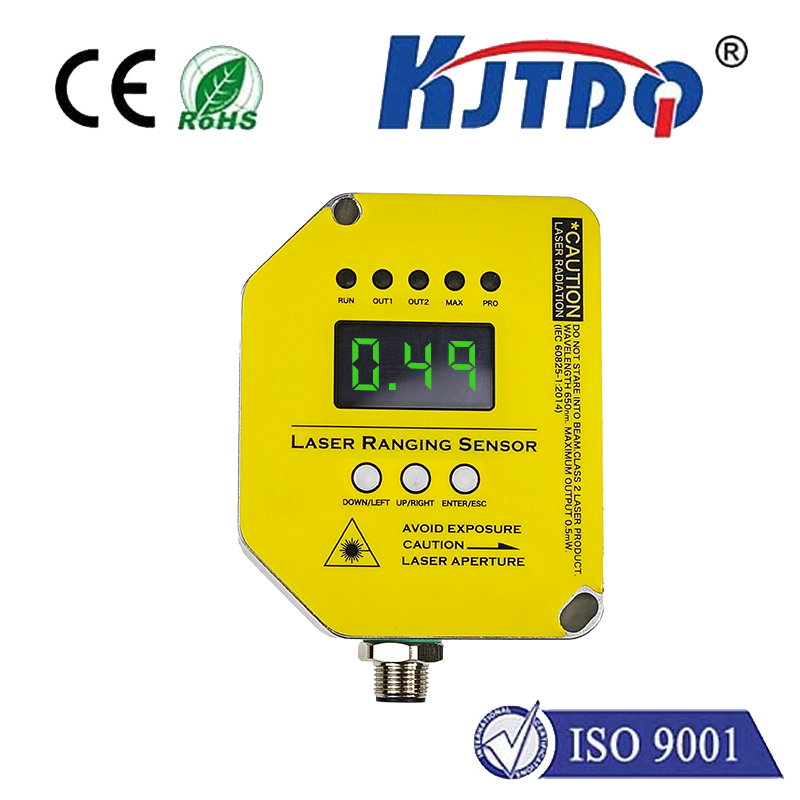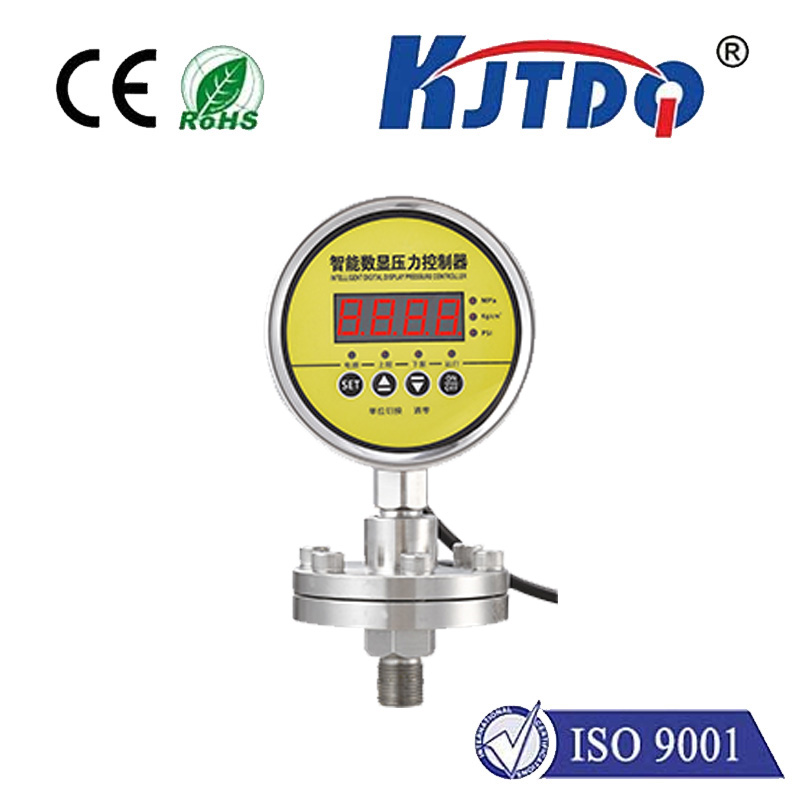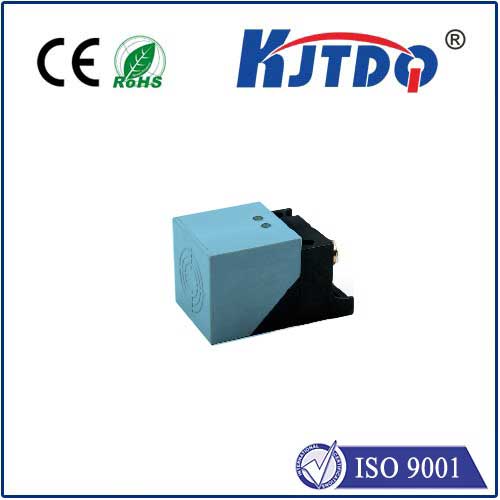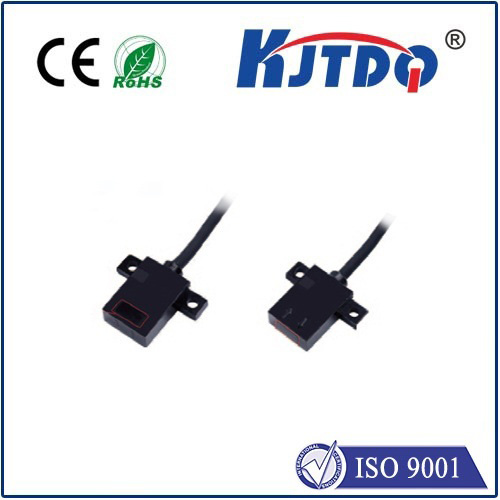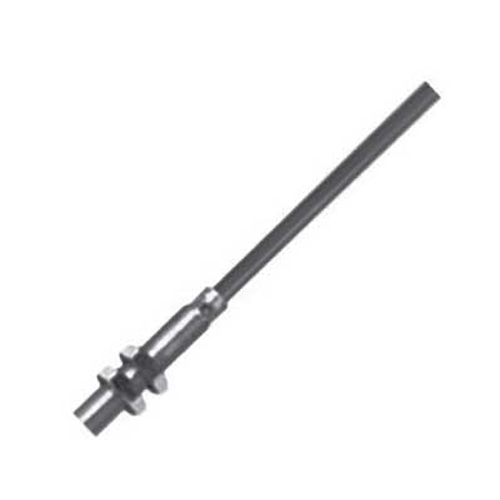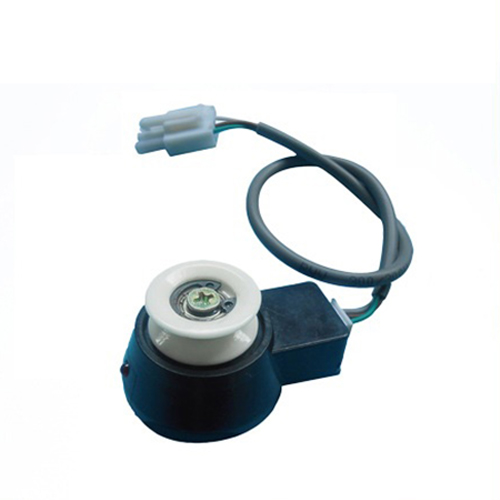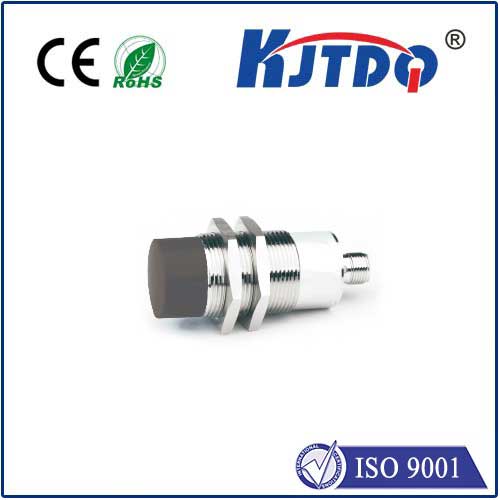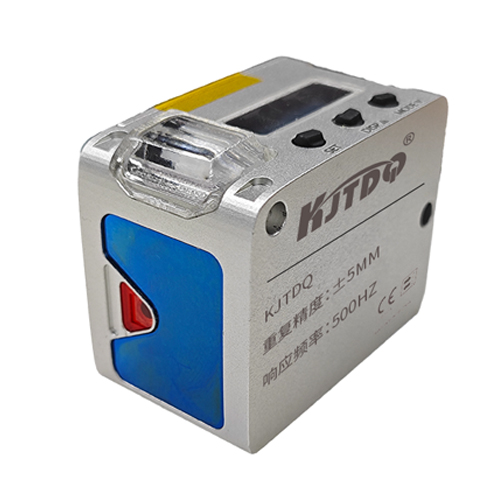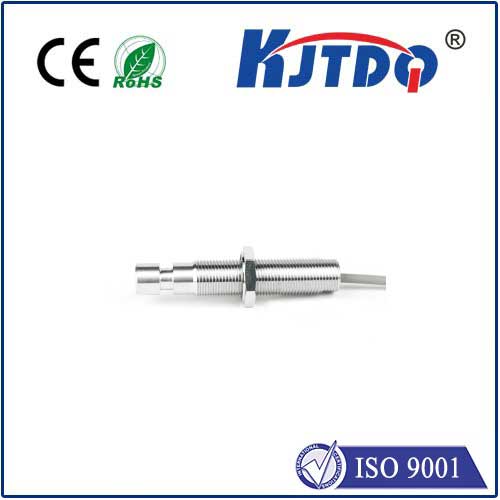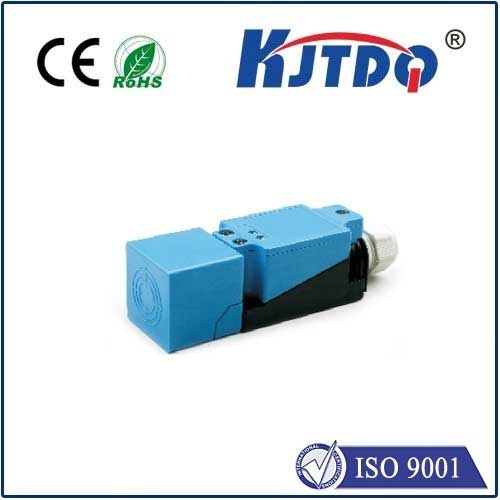

check

check

check

check
Imagine a world where machines operate with uncanny precision, detecting components without a single touch, enabling flawless automation in the tightest confines. This isn’t science fiction; it’s the everyday reality powered by components like the 8mm proximity sensor. These compact workhorses are the silent guardians of efficiency, offering reliable, non-contact object detection critical for countless industrial and commercial applications. Understanding what they are, how they function, and where they excel is key to unlocking smarter, more robust automation solutions.
At its core, an 8mm proximity sensor is an electronic device designed to detect the presence or absence of a target object without physical contact, operating within a nominal sensing range of 8 millimeters. This specific sensing distance represents a significant sweet spot in the industrial sensor landscape. Why 8mm? It strikes an optimal balance, providing sufficient standoff distance for practical mounting and clearance while remaining compact enough to fit into space-limited machinery and equipment. Unlike mechanical switches prone to wear, these sensors offer virtually maintenance-free operation, significantly reducing downtime and costs. The non-contact detection principle ensures longer lifespan and reliability, especially in harsh environments where dirt, dust, oil, or vibration would cripple physical switches.
How Does an 8mm Proximity Sensor Actually Work? The vast majority of 8mm proximity sensors utilize the inductive sensing principle. This technology relies on generating an electromagnetic field directly in front of the sensor’s face. When a metallic target (typically ferrous metals like steel or iron, though some models detect non-ferrous metals) enters this field within the 8mm detection range, it induces small electrical currents (Eddy currents) within the target. These currents cause a measurable change in the sensor’s internal oscillator circuit. This change is detected and processed, triggering the sensor’s output signal to switch state (e.g., from OFF to ON or vice-versa). Key aspects include:

Key Specifications and Features Defining 8mm Proximity Sensors While the 8mm nominal range is central, several other specifications are crucial for selection and performance:
Where are 8mm Proximity Sensors Indispensable? The combination of compact size, reliable 8mm range, and robust construction makes these sensors ubiquitous across industries:
Selecting and Implementing the Right 8mm Sensor Choosing the optimal 8mm proximity sensor requires careful consideration:
The Unseen Advantage: Reliability and Cost-Effectiveness Beyond their technical specifications, the true value of a well-chosen 8mm proximity sensor lies in its contribution to operational efficiency. Their non-contact nature eliminates mechanical wear, translating directly to reduced maintenance costs and significantly improved machine uptime. The robustness of IP67/IP68 rated models ensures consistent performance even in environments where contamination is a constant challenge. Their compact form factor allows for integration into increasingly miniaturized machinery designs, enabling automation solutions that were previously impossible. Furthermore, their relatively low cost per unit, combined with their exceptional longevity, makes them an incredibly cost-effective investment for reliable detection.
In essence, the 8mm proximity sensor is a fundamental building block of modern automation. Offering a perfect blend of compact size, dependable 8mm non-contact detection range, and industrial-grade ruggedness, these sensors provide the critical “eyes” for machines operating in tight spaces and demanding conditions. From ensuring a component is present on a high-speed conveyor to confirming a robotic arm has grasped its target, the reliability and versatility of these sensors underpin efficiency and precision across a vast spectrum of applications. Understanding their operation, specifications, and selection criteria empowers engineers and technicians to implement solutions that maximize uptime, minimize costs, and drive productivity forward.
